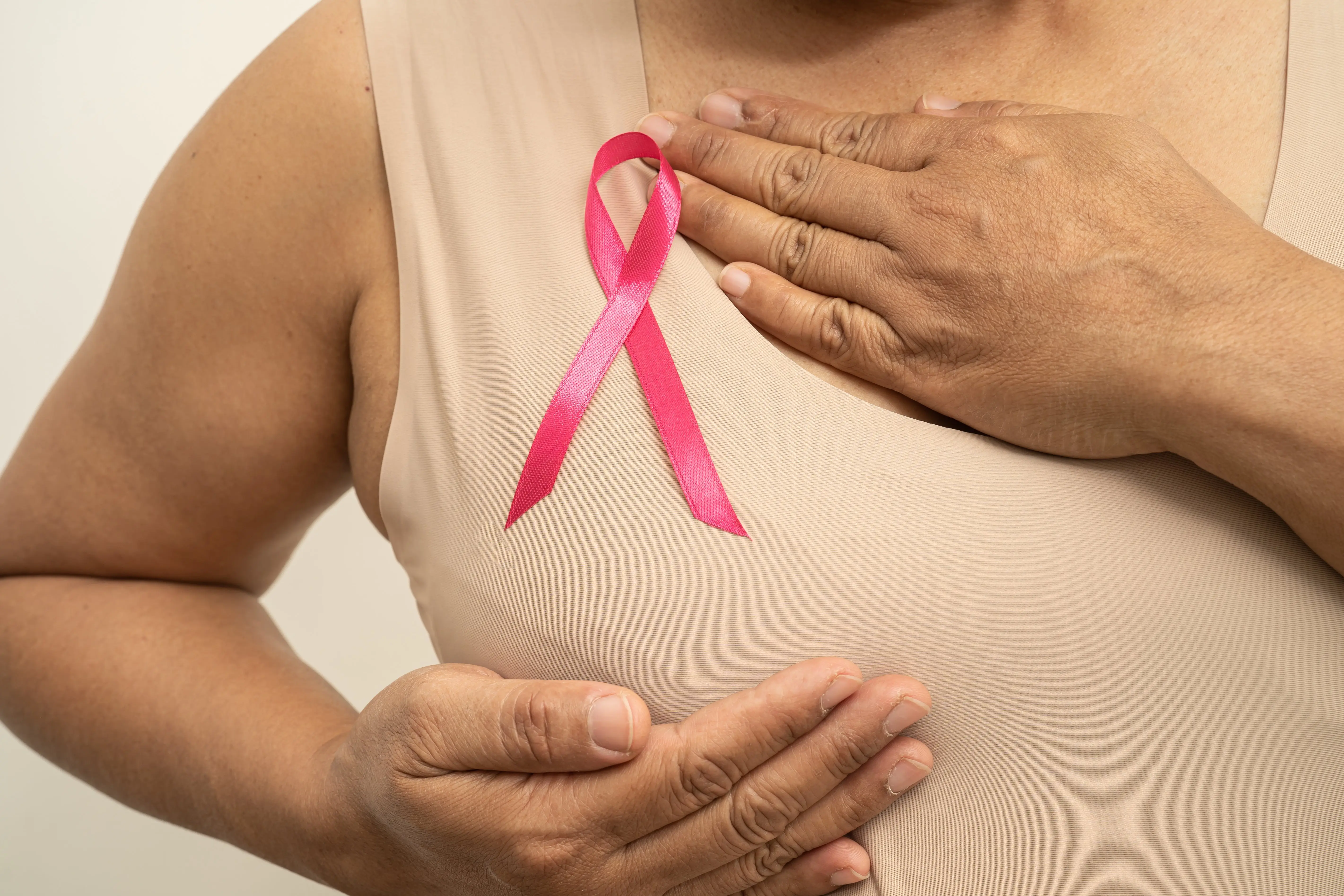Cancer is a leading cause of death worldwide, but early detection can significantly increase survival rates. Regular self-examinations help identify warning signs before cancer advances. This guide provides easy-to-follow instructions for self-exams to detect breast cancer, testicular cancer, skin cancer, and oral cancer early.
1. Breast Cancer: Self-Exam for Women and Men
How to Perform a Breast Self-Exam
Performing a monthly breast self-exam helps detect changes in size, shape, or texture. Follow these steps:
Step 1: Stand Before a Mirror
- Look for changes in size, shape, or skin texture (dimpling, redness, or swelling).
- Raise your arms and observe for any differences.
Step 2: Feel for Lumps
- Use the pads of your three middle fingers.
- Apply light, medium, and deep pressure.
- Move in circular motions around the breast and armpits.
Step 3: Examine in Different Positions
- Standing or sitting: Perform a vertical pattern exam from the collarbone to the bottom of the breast.
- Lying down: This allows for even distribution of breast tissue, making lumps easier to detect.
Signs and Symptoms to Watch For
- Swelling in part or all of the breast.
- Skin changes such as dimpling or redness.
- Nipple pain, retraction, or discharge (other than breast milk).
- Unusual lumps or thickening in the breast or underarm area.
Men: Though breast cancer is rarer in men, it can occur. Lumps are most often found behind the nipple in men. Follow the same self-exam method monthly.

2. Testicular Cancer: Self-Exam
Testicular cancer is most common in young men, but early detection leads to high survival rates.
How to Check for Testicular Cancer
The best time to check is after a warm shower when the skin is relaxed.
- Perform the test in the shower.
- Soap up to make it easier to feel changes.
- Examine one testicle at a time.
- Gently roll each testicle between your fingers.
- Feel the spermatic cords at the back of each testicle.
- Look for:
- Hard lumps or bumps.
- Changes in size, shape, or consistency.
- Areas that feel painful or different.
A slight difference in testicle size is normal, but sudden changes require medical attention.
3. Skin Cancer: ABCDE Rule for Early Detection
Skin cancer can be deadly, but early detection through self-exams can prevent complications. Use the ABCDE rule to check for unusual moles or spots:
- A – Asymmetry: Healthy moles are usually symmetrical. If one half of a mole does not match the other, it could be a warning sign.
- B – Borders: A benign mole has smooth, even edges. Watch for moles with irregular, jagged, or blurred edges.
- C – Color: Normal moles are usually a single shade. Be cautious if a mole has multiple colors such as black, brown, red, white, or blue.
- D – Diameter: Moles larger than 6mm (about the size of a pencil eraser) are more likely to be concerning.
- E – Evolving: Any mole that changes over time in size, shape, or color, or develops new symptoms such as itching or bleeding, should be checked by a doctor.
Check Your Skin Monthly
- Use a mirror for hard-to-see areas.
- Have a partner check your back and scalp.
- If you notice changes, see a dermatologist immediately. Early detection can save lives.

4. Oral Cancer: Self-Exam
Oral cancer can develop on the tongue, lips, gums, or inside the cheeks, making regular self-exams essential for early detection.
How to Check for Oral Cancer
- Examine your mouth in good lighting, using a mirror.
- Look for sores that do not heal after two weeks.
- Check for white or red patches on gums, tongue, cheeks, or the roof of the mouth.
- Feel for lumps or swelling in the mouth, jaw, or neck.
- Check for persistent pain or numbness in the mouth.
- Observe any difficulty in swallowing, speaking, or moving the tongue or jaw.
- If you experience a persistent sore throat, hoarseness, or ear pain, consult a doctor.
When to See a Doctor
If you notice any unusual changes in your mouth that persist for more than two weeks, schedule an appointment with a healthcare professional for further evaluation.

Why Self-Exams Matter
Regular self-exams can lead to early diagnosis and higher survival rates. If you notice any unusual changes, schedule an appointment with a healthcare provider. Early detection saves lives—stay proactive about your health!
Make self-exams a habit. Your health is in your hands!



Leave a Comment